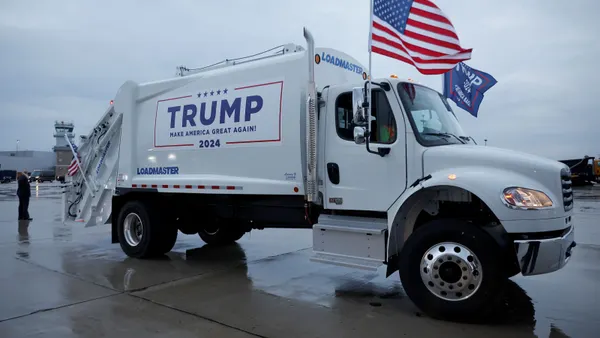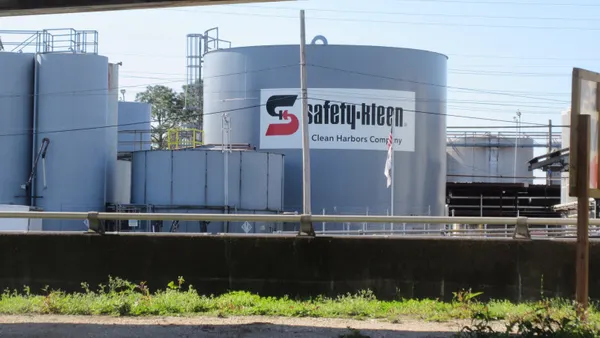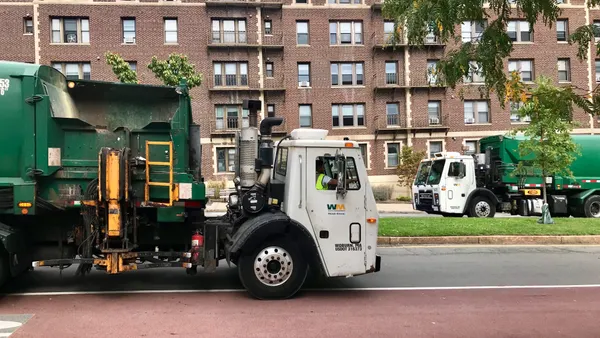Dive Brief:
- The Aerothermal Group has announced new research which found pretreating black bag municipal waste in an autoclave before processing it through anaerobic digestion could increase methane generation by more than 300%, while reducing the amount of material requiring disposal.
- According to researchers, the autoclave is able to "facilitate the co-processing and blending of different types of waste, since it pasteurizes, homogenizes and hydrolyzes the feedstock in one simple and highly effective process," Environmental Leader reported.
- Multiple tests were run on different samples of MSW feedstock. Tests results revealed that autoclaving gives a gas yield of 150m3/metric ton, which doubles the target of 65m3/metric ton of waste. Autoclaved materials overall increased the amount of waste that could be digested, while also increasing the amount of gas yielded.
Dive Insight:
Anaerobic digestion has been an increasing trend among the waste industry, as more companies and municipalities wish to combat organic and food waste. In September, Connecticut officials granted the first permit for a new anaerobic digestion facility to be built in Bridgeport, while American Organic Energy announced a $40 million anaerobic digester project on Long Island, NY. In August, CR&R Waste and Recycling Services announced that it would build a $100 million anaerobic digester complex in Perris, CA.
"A cow — as you remember from high school biology — has four stomachs, eats hay and out the back end comes methane and fertilizer," said CR&R civil engineer Mike Silva to The Press Enterprise when describing the digester. "So we use the exact same microbes, but we’re commercializing it."
The diversion of organic waste from the landfill is enormously important, as the waste increases greenhouse gas levels and damages the environment. By developing ways to make anaerobic digestion more effective, researchers are doing their part to keep waste disposal safe and economically reasonable.











